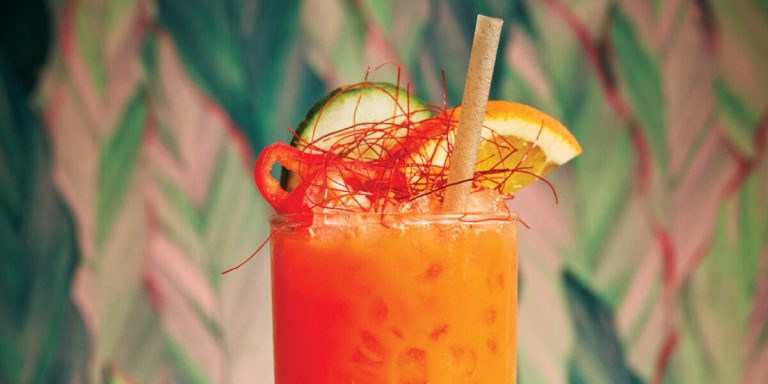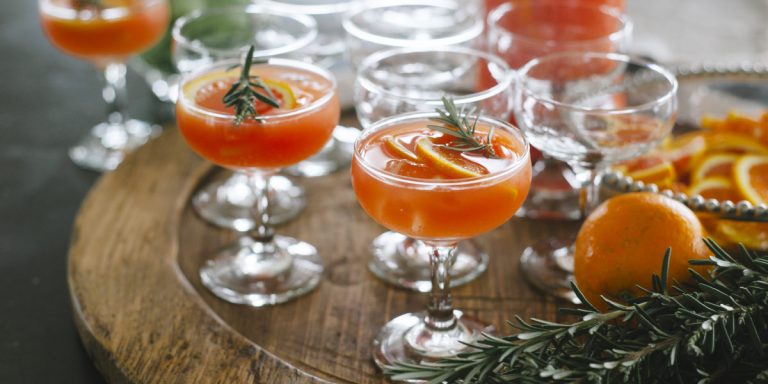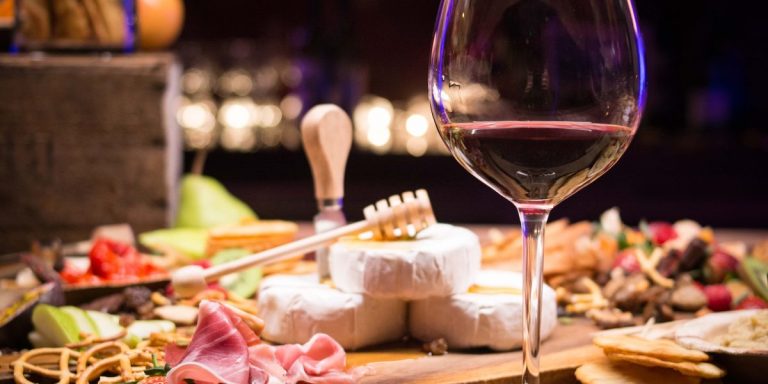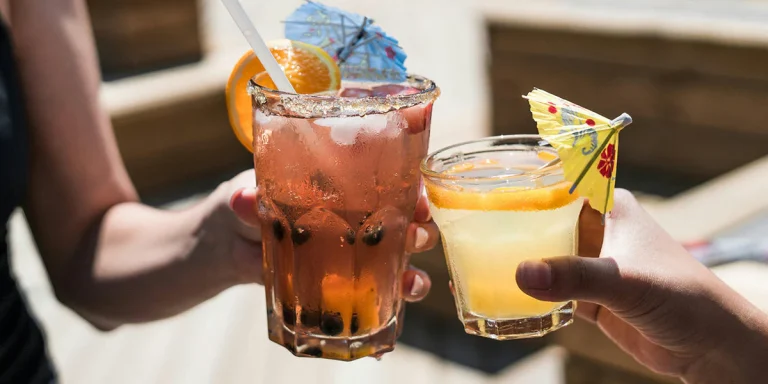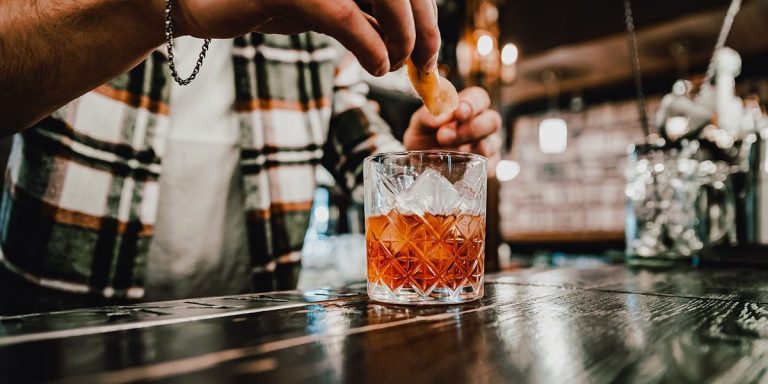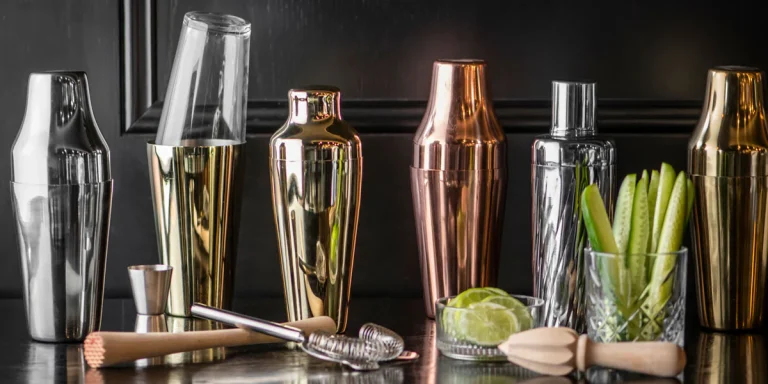The Perfect Pour: How to Nail Your Measurements
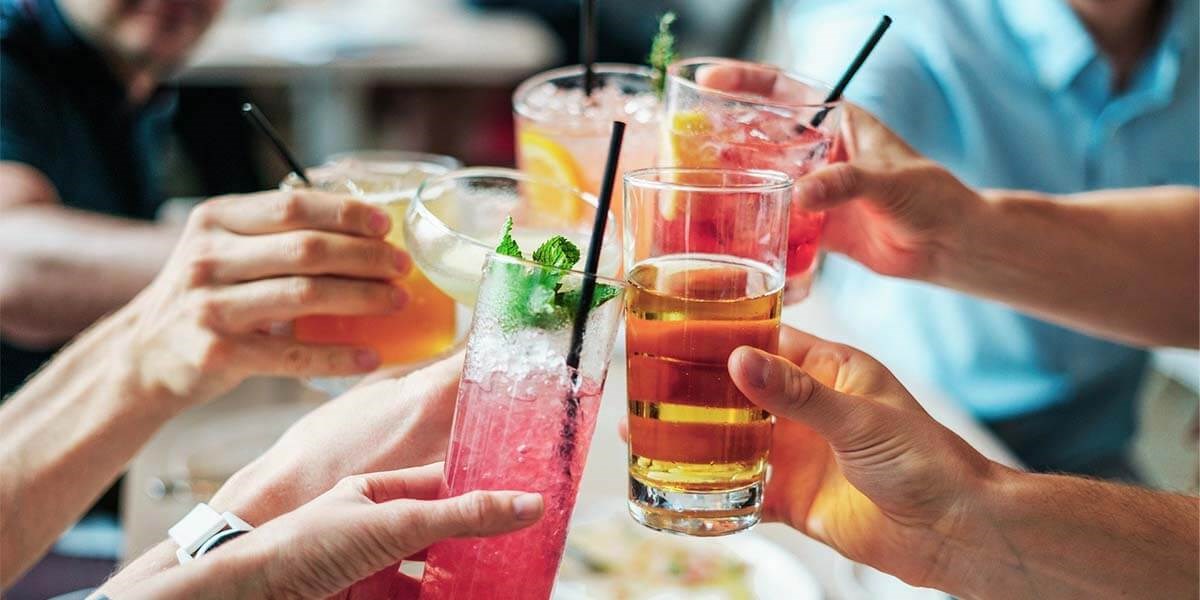
Precision is the secret ingredient behind every unforgettable cocktail. I’ve learned that no matter how great the spirits, mixers, or garnishes may be, if the proportions are off, the drink loses its magic. Too much of one element can overpower the others, while too little can leave a cocktail flat and uninspired. Mastering measurements is not just about pouring liquid into a glass; it’s about creating balance, depth, and consistency every time.
When I began to focus more carefully on how I measured my drinks, I realized that even a small difference in quantity could completely change the profile of a cocktail. The right pour ensures the flavors shine in harmony. It also helps me avoid waste and keeps my bar stock lasting longer. Whether making drinks for friends, guests, or just for myself, I find that accuracy always elevates the experience.
Why Accuracy Matters in Every Cocktail
Every cocktail recipe is essentially a formula. When I respect the ratios given, the final drink tastes as intended, with each component carrying its share of the spotlight. A little extra vodka in a martini may seem harmless, but it can dull the subtleties of vermouth. Too much lime in a margarita can overwhelm the tequila. Without accurate measuring, I noticed drinks would swing unpredictably between being too sharp, too sweet, or too diluted.
Another reason I pay close attention to accuracy is consistency. If I discover the perfect version of a cocktail, I want to be able to recreate it again and again. Guesswork leads to constant variation, which frustrates both me and anyone I serve. By measuring properly, I can confidently mix a drink today and have it taste identical tomorrow. That consistency is part of what separates an amateur from a professional-style home bartender.
Essential Tools for Precision
I quickly found that relying on the naked eye or casual counting methods like “one Mississippi” while pouring doesn’t work. Investing in a few reliable tools changed everything about my approach to mixing.
The Jigger
The jigger is my most used tool. With its two-sided design, it makes measuring spirits straightforward. Most standard jiggers measure one ounce on one side and two ounces on the other, but I like to have a set with different increments for versatility. Having a jigger on hand ensures I never accidentally overpour or shortchange an ingredient.
Measuring Spoons
While most people associate measuring spoons with baking, I often use them for cocktail elements like syrups, liqueurs, or bitters. Some recipes call for small amounts like half a teaspoon, and without spoons, it’s easy to guess wrong and end up with a drink that tastes unbalanced.
The Measuring Cup
A larger measuring cup is handy when I’m preparing cocktails in batches. For punches, sangrias, or pitcher cocktails, it lets me scale recipes up accurately without compromising on the original ratio.
The Scale
I didn’t appreciate how useful a scale could be until I tried it. Particularly with syrups and homemade ingredients, measuring by weight gives me precision down to the gram. It ensures that each batch of syrup I make has the same sweetness, which translates into reliable cocktail flavor.
Mastering Common Measurements
One of the most important lessons I learned is that cocktail recipes often speak their own language of measurements. Understanding these standard references is critical if I want to make drinks as intended.
The Ounce
Most cocktail recipes in the United States are built around ounces. A typical pour of liquor is between one and two ounces, depending on the drink. Keeping track of this unit is essential.
Parts
Some recipes skip units and instead refer to “parts.” This system is all about ratios. For example, a recipe calling for two parts gin and one part vermouth means I can use any measurement two ounces and one ounce, or two cups and one cup as long as the proportions stay consistent.
Dash and Splash
Cocktail culture also loves its less precise-sounding terms like dash, splash, or pinch. At first, I found these confusing, but I came to understand that a dash is roughly one-sixth of a teaspoon, while a splash usually refers to a quick pour, about a quarter of an ounce. These aren’t exact, but with practice, I’ve become consistent in my interpretation.
Avoiding the Pitfalls of Free Pouring
Free pouring has an undeniable charm. It looks smooth and professional to tilt the bottle and pour directly into the shaker without a measuring tool. But when I tried it without enough practice, my cocktails were inconsistent. Free pouring is not guesswork it’s a trained skill involving counting in precise time intervals while pouring.
I experimented with this technique and realized how much practice it takes to be accurate. To improve, I practiced pouring water into a jigger while counting, then checked how close I came to the right measurement. It gave me an appreciation for bartenders who can do it flawlessly in a busy bar. For home use, though, I stick with my jigger most of the time to guarantee accuracy.
The Role of Ice in Measurements
One factor I didn’t fully appreciate at first was how much ice impacts cocktail balance. Ice not only chills the drink but also dilutes it slightly. This dilution is part of the recipe. If I underfill or overfill with ice, I affect the final flavor and texture.
When shaking or stirring, I learned to use a full measure of fresh ice cubes. Partially melted ice dilutes drinks too quickly, while too little ice prevents the drink from chilling properly. It’s a detail that many overlook, but once I began paying attention, my cocktails improved dramatically.
Balancing Strong and Subtle Flavors
Nailing measurements isn’t only about preventing a drink from being too strong. It’s also about allowing subtle flavors to shine. For example, in a mojito, if I don’t measure the lime juice properly, it can mask the gentle sweetness of the mint. In a negroni, equal parts of gin, Campari, and vermouth are what make the drink iconic. Changing those ratios even slightly throws the cocktail off balance.
I began to notice how these delicate adjustments impacted my appreciation for each drink. With accurate measuring, I could taste the complexity of layered flavors, instead of one ingredient dominating everything else.
Developing Consistency Through Practice
Like anything, practice made me better. At first, I had to measure everything carefully and deliberately. Over time, I developed a sense of how much liquid filled each jigger or spoon without always looking. I could almost predict how a pour would feel in the shaker. But I never let this lead me into laziness. Even now, when I want a perfect cocktail, I reach for my tools to double-check.
Repeating the same recipes with accurate measuring has given me confidence to experiment. Once I mastered the balance of a classic cocktail, I could start adjusting ratios with intention rather than guesswork. That freedom allowed me to explore new flavors while still respecting the fundamentals.
Training the Palate Through Accurate Measuring
An unexpected benefit of precise measuring is how much it sharpened my palate. By tasting cocktails in their ideal proportions, I trained myself to recognize balance. I could detect when a drink was slightly too sour, too sweet, or too boozy. That awareness helped me improve not only my cocktails but also my cooking, since I started appreciating how balance works in all recipes.
Hosting With Confidence
Accurate measuring also transformed how I host gatherings. Before, I would worry that some drinks might come out great while others disappointed. With proper measuring, I knew every guest was getting the same high-quality experience. Friends began commenting on how consistent and delicious my drinks were, and I realized that attention to detail makes a big difference in creating a memorable evening.
Elevating the Simple Drinks
Not every cocktail has to be elaborate. Even something as straightforward as a gin and tonic benefits from accurate measuring. Too much gin, and the drink is overwhelming. Too little, and it tastes flat. By taking care to measure, even my simplest drinks come out balanced and refreshing.
Conclusion
Perfecting the art of measuring has changed the way I make cocktails. It turned mixing drinks from a casual activity into a craft I take pride in. Every tool, every ounce, and every ratio contributes to the final experience in the glass. By paying attention to accuracy, I discovered consistency, balance, and confidence. I no longer wonder if my drinks will turn out right I know they will. And that reliability allows me to enjoy the process even more, whether I’m experimenting with new recipes or serving old favorites.

